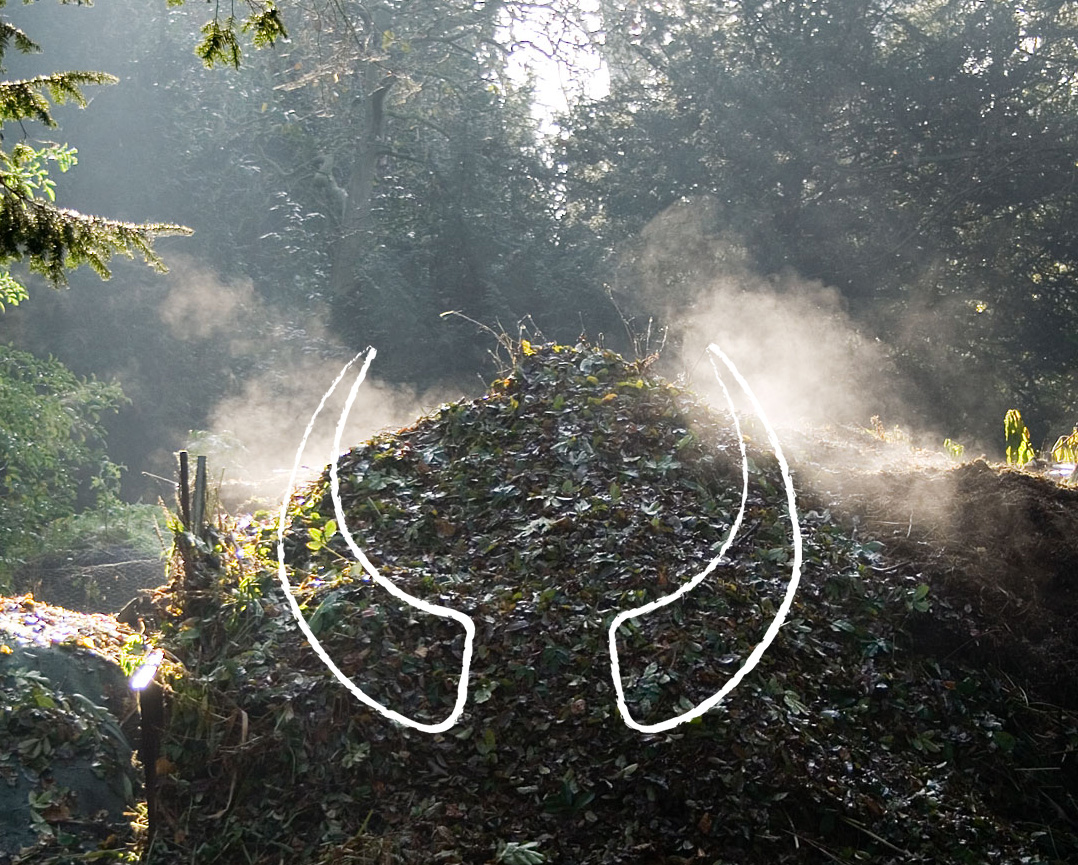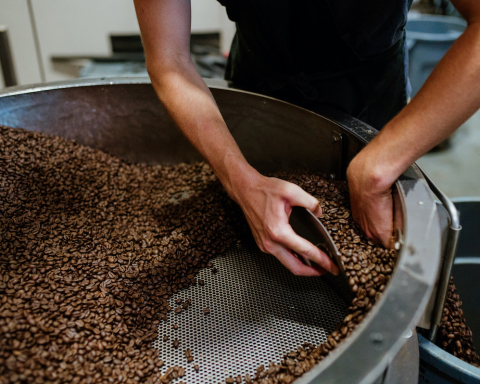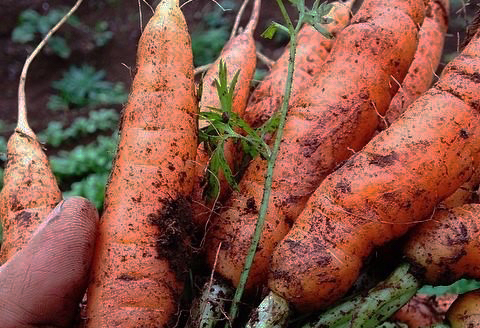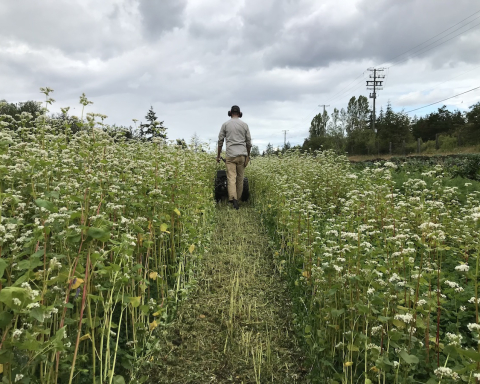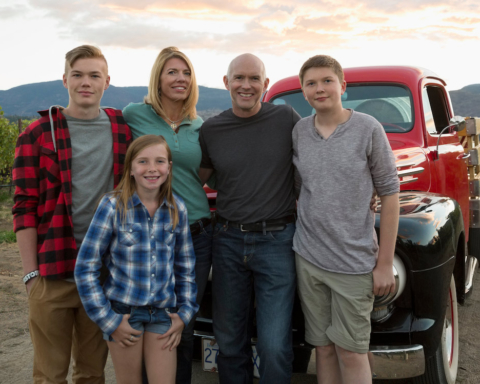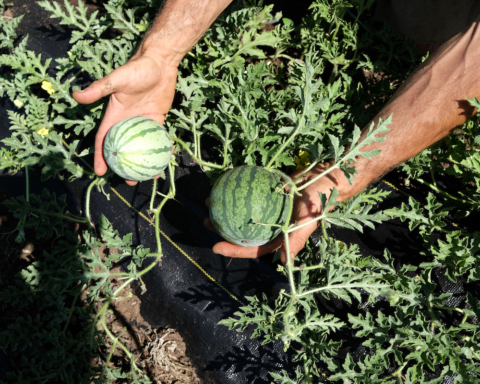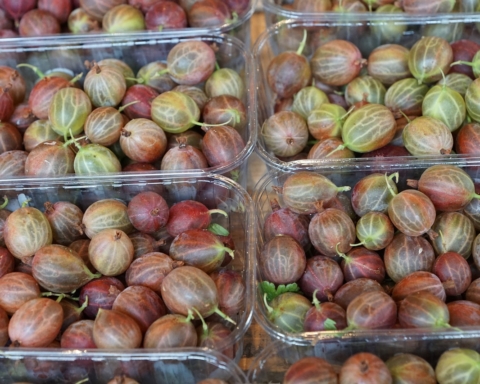Anna Helmer
Hello and welcome once again to The Biodynamic Farming Experience for the Celestially-Challenged: a partly-formed, poorly-articulated, and over-hyphenated chronicle of a particular journey in which a woman-farmer-of-a-certain-age-and-experience (me) delves into the theory and, more importantly, the practice of Biodynamic farming in search of fun and the future of farming.
Rambling along here, aren’t I? I do that when I am not sure of the destination. And now that I am in full digression, I can see that “journey” is not the right word as it would suggest both a destination and a plan, neither of which I can guarantee. Voyage of discovery? Too fancy. Is it a process? Nope. I don’t think that sounds like fun. Compost heap. I think it might be a compost heap: piling up ideas, layering with experience, mixing up theories (some quite junky), letting it sit. For absolute certain something good is going to come of it, but it might take a while depending on how raw the material is.
The bottom layer in my compost pile of cosmic cognitive sentience (how about that!) is a cover-to-cover reading of the original lectures (the Biodynamic farming origin story) delivered by Dr. Rudolph Steiner. I am just about done. I remain perplexed most of the time, although I experience (sadly random and rare) flashes of triumph when I realize I have managed to grasp a concept or follow an argument, very quickly snuffed out usually by the next paragraph. I persist however, because I find it fascinating.

In the last article I mentioned Biodynamic Preparation 500, which we have been using for years on the farm. It’s easy to make. You just stuff a cow horn full of fresh manure and bury it a foot or two down in the soil for the winter. In the early summer, when dug up, the manure has transformed into a delightfully hummus-y, sweetly-smelling substance which is incorporated into water and sprinkled about the fields and gardens. Steiner manages to explain why the use of a cow horn is necessary, but I can’t. The point though, is to avail the farm of the powerful forces of the universe.
Well the thing of it is, I have discovered that BD 500 works not just on the crops and soil: it works on people too. If you are not picking yourself up off the floor after collapsing there in a dead faint of amazement, I have not expressed myself well. This reflects a problem with the writing, not with Biodynamics. You see, I myself have been made available to believe that the universe has an influence on the health of the farm because I have been using the Biodynamic Preparation 500. Probably it’s what’s made the lectures readable and fascinating too. I did try a decade or so ago but there was no joy.
I realize in fact, that it’s taken close to 20 years of using the preparation for me to get to this stage. I hope it doesn’t take everyone else that long to feel its affects. Steiner seemed to think about four years should do it.
To return to the point of this exercise: is Biodynamics fun? Is it the future of farming? I remain firm in my conviction that it might be both. It is certainly more fun than the organic certification process, which I find has gotten a little dry. It’s necessary of course, if we are keen to relieve certain large industry leaders of their self-appointed mantle of agricultural way-finders. It’s obligatory, if we want to sell to people who feel the same way we do.
Practicing biodynamic farming, while still offering the certification experience, brings some serious, additional motivation. I count inspiration, wonder, amazement, incredulity, reality-checks, positive feedback from customers, and tantalizing experiences of powerful forces among the benefits of the practice. Oh, and increasing yields of very tasty produce. Lovely things to add to a compost heap of galactic oomph. I think I am going to be a better farmer because of it. Certainly, the farm is better because of it.
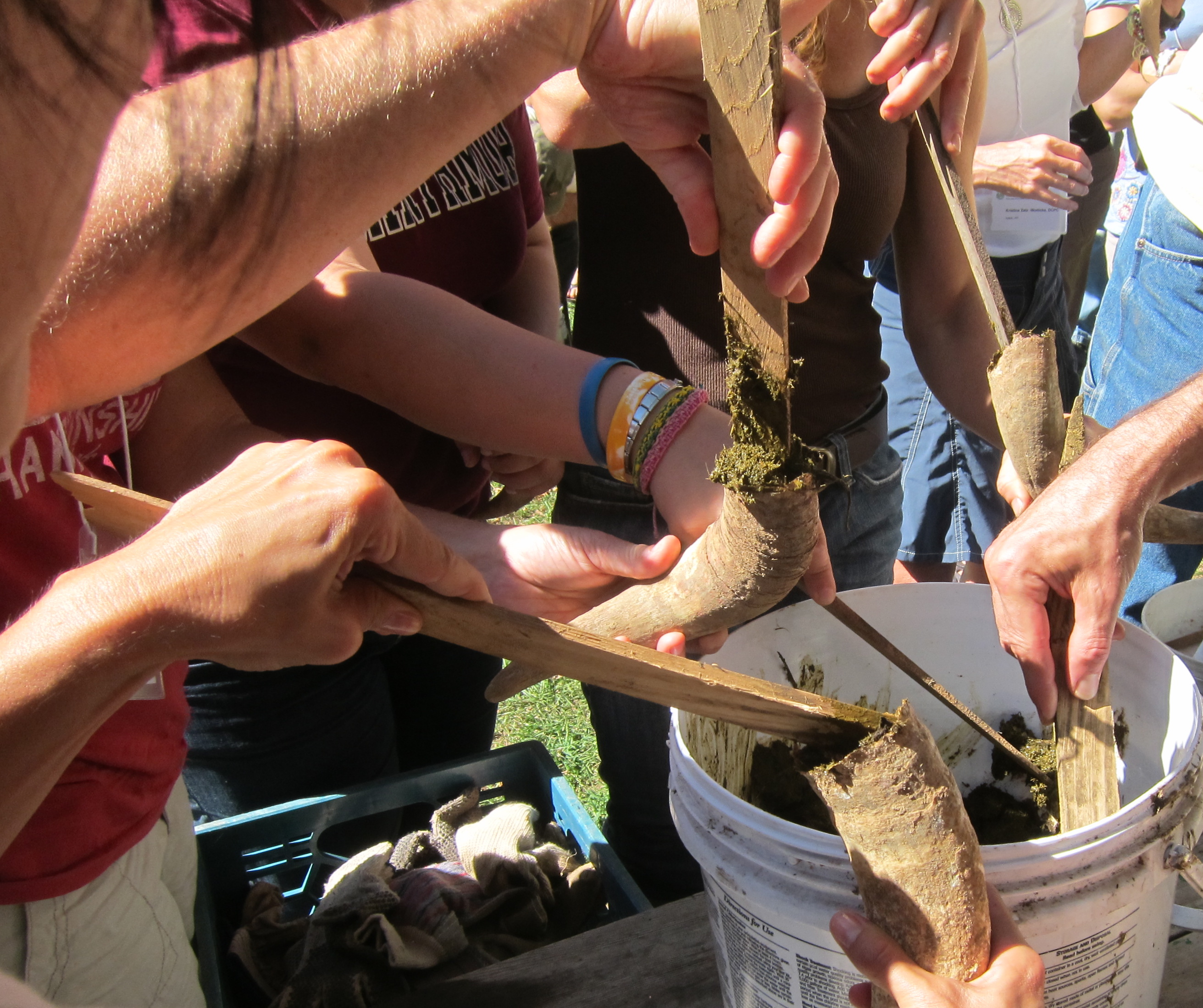
Could Biodynamics be the future of farming in general? There are snags. One of them has got to be that it can get a little bogged down in discussion, which I would like to flag as one of the biggest hinderances to farm productivity. A talking farmer is very often not a working farmer.
Another issue is this insistence on involving the position of the sun and the moon in relation to the stars and planets when making farming decisions. People like me, whose astrological understandings end even before the horoscopes page, are simply going to switch off when this topic arises. People who like a little more conventional science in their lives will also be left wanting, and very little apology is made for that. These are difficult aspects to accept, and in my case required 20 years of using BD 500 to get over.
Cynically, I would also suggest that the fact that Biodynamic farming does not require much in the way of support from the agricultural industry is a close-to-fatal flaw. Apart from the odd tractor, a few implements, and some cover-crop seed, Biodynamic farmers spend very little in the mainstream agricultural system. There is simply no need. Thus, there will be no corporate champion, with a big marketing budget, to help turn heads and change minds.
So, as far as the future goes, Biodynamic farming can be hazardously non-productive, bizarrely off-putting, and doesn’t contribute to the bottom line of the world’s largest companies. This is not promising…or is it?
It’s May, it’s go-time, and theoretical considerations on fun and the future of farming may not strike quite the right tone at your place just now. I completely understand. It would not hurt in the least however, since you have read this far, to throw a little Biodynamic 500 around as you carry on with the business of farming. At the very least, your soil and plants can get busy working with the infinite energy of the universe. You’ll get there too, although perhaps that doesn’t matter as much.
Anna Helmer farms with her family and friends in the Pemberton Valley and recently hosted a farm open house that could have gone really badly, but didn’t.
Feature image: Compost heap. Credit: Andrew Dunn (www.andrewdunnphoto.com)


